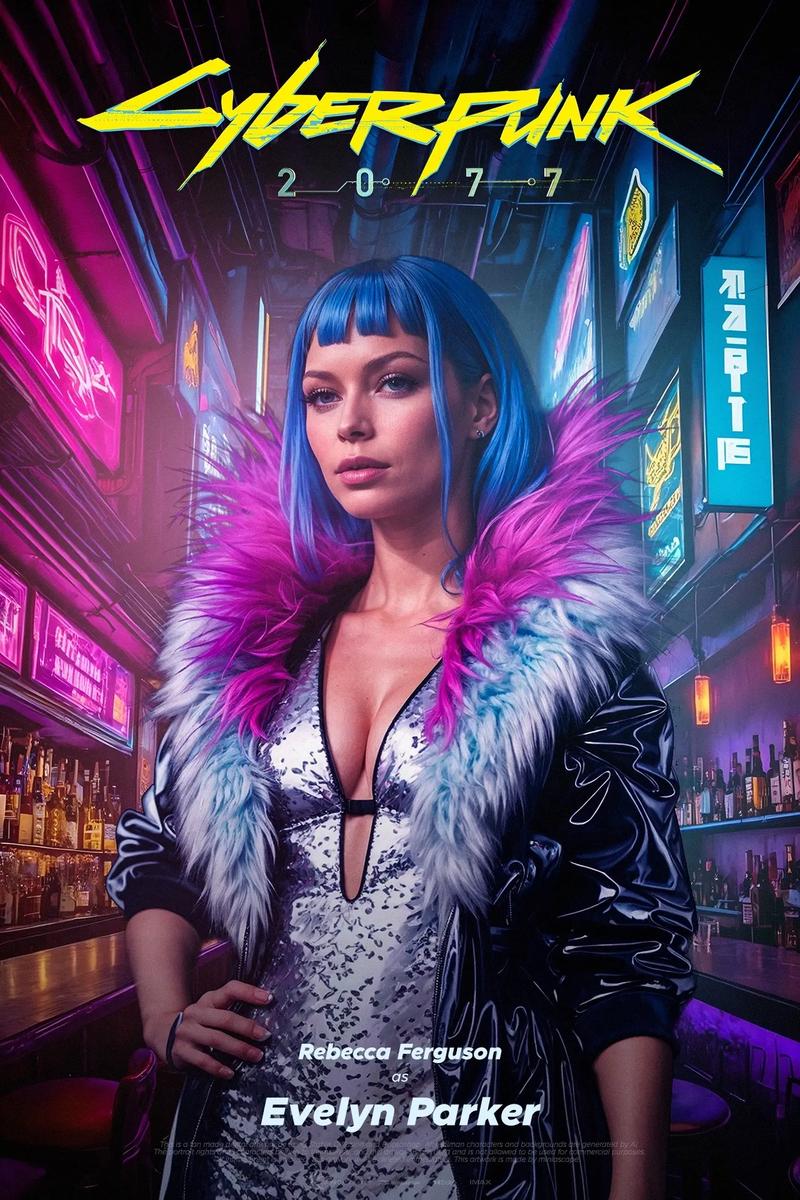How to Evaluate the Objectivity of AAA Game News Outlets
In the multi-billion dollar ecosystem of AAA gaming, information is a currency as valuable as the games themselves. From pre-release hype to post-launch analysis, millions of gamers rely on news outlets to guide their purchasing decisions and shape their understanding of the industry. Yet, this landscape is fraught with potential conflicts of interest, marketing pressures, and ideological biases that can distort reporting. For the discerning consumer, learning to evaluate the objectivity of these outlets is not just a skill—it’s a necessity for navigating the modern gaming world.
The quest for objectivity begins with a fundamental understanding of what it is not. Objectivity does not mean the absence of opinion; reviews and analytical pieces are inherently subjective. Rather, journalistic objectivity in games media refers to a commitment to fairness, accuracy, transparency, and independence. It is the process of separating verifiable fact from opinion, disclosing potential conflicts, and resisting undue influence from publishers, advertisers, or audience pressure. The challenge lies in identifying which outlets strive for this standard and which merely pay it lip service.
A critical first step is to scrutinize the funding and revenue model of an outlet. The traditional advertising-based model, where sites rely on ad revenue from the very companies they cover, creates an inherent conflict. An outlet financially dependent on Ubisoft or Electronic Arts for trailer premieres and advertising placements may feel implicit pressure to soften criticism of a flagship title. Conversely, the rise of subscriber-supported models (like Patreon) or diversified revenue streams (including podcasts and merchandise) can, though not always, create greater insulation from publisher influence. Look for outlets that are transparent about their funding. Do they clearly disclose sponsored content? Do they have a public ethics policy explaining how they manage these relationships?
Beyond financial ties, editorial independence is paramount. This refers to the Chinese Wall between the advertising department and the editorial team. In a healthy outlet, the writers and reviewers are shielded from business decisions. A clear red flag is when news coverage seems suspiciously timed with advertising campaigns or when a notoriously flawed game receives universally soft reviews across major outlets. Investigate the outlet’s leadership. Are editors former journalists, or are they from marketing or PR backgrounds? The latter can indicate a culture where content is viewed primarily as a product for commercial gain rather than a service for readers.
The third pillar of evaluation is transparency in methodology. This is especially crucial for review scores, which carry significant weight. An objective outlet will have a clear, public-facing review policy. How do they assign scores? Do reviewers get to choose the games they cover, or are they assigned? Perhaps most importantly, do they have a clear policy on embargos and review copies? Accepting early copies from publishers is standard practice, but it can come with strings attached, such as embargoes that prevent criticism until after a game’s launch. The most trustworthy outlets will explicitly state how they handle these arrangements and will even forgo early copies if embargo restrictions threaten their editorial integrity, opting to purchase their own copies instead.
Identifying bias requires a consistent and critical consumption of content over time. This involves comparative analysis. Don’t rely on a single source. When a major game is released, read coverage from multiple outlets across the ideological spectrum. Look for consensus on objective facts: performance issues, bug frequency, and gameplay mechanics. Then, note where opinions diverge. Are certain outlets consistently harder or softer on specific genres? Do some seem to champion certain publishers regardless of a title’s widely acknowledged flaws? This pattern recognition is key to mapping the biases of different publications.
Furthermore, pay close attention to the language and framing used in news articles and reviews. Objective reporting should prioritize facts and separate them clearly from opinion. Be wary of articles that rely heavily on inflammatory language, sweeping generalizations, or narrative framing that seems designed to provoke an emotional response rather than inform. Does the news piece answer the core questions of who, what, where, when, and why? Or does it seem to be pushing a specific agenda? An objective reporter will present facts and context, allowing the reader to form their own conclusion, while a biased one will often tell the reader what to think.
The composition of the editorial staff itself is also a factor in objectivity, though in a different way. A lack of diversity can be a source of unconscious bias, leading to blind spots in coverage. An editorial team composed entirely of people with similar backgrounds may overlook issues related to accessibility, representation, or cultural context that a more diverse team would catch. Objectivity is strengthened by a plurality of perspectives that can interrogate a game from multiple angles, ensuring a more complete and fair analysis. An outlet that values diversity is often better equipped to identify its own biases and report more comprehensively.
Finally, engage with the outlet’s community engagement and accountability. How do they handle errors? Do they issue clear and prominent corrections? How do they respond to good-faith criticism? An outlet committed to objectivity will see its readers as a check on its work, engaging with them to improve. Conversely, outlets that dismiss all criticism or become overly defensive often display a lack of self-reflection necessary for objective journalism.

In conclusion, perfect objectivity may be an unattainable ideal, but a relentless pursuit of it is what separates credible journalism from mere content creation. Evaluating AAA game news outlets is an active process. It demands that players become critical consumers, looking beyond the headline and the score to understand the mechanisms, motivations, and people behind the bylines. By interrogating funding models, demanding transparency, analyzing language, and cross-referencing sources, gamers can empower themselves. They can curate a personal news feed that values integrity, leading to more informed decisions and a healthier, more honest relationship with the art form they love. In an industry dominated by hype and financial might, an informed audience is the ultimate check on power.














